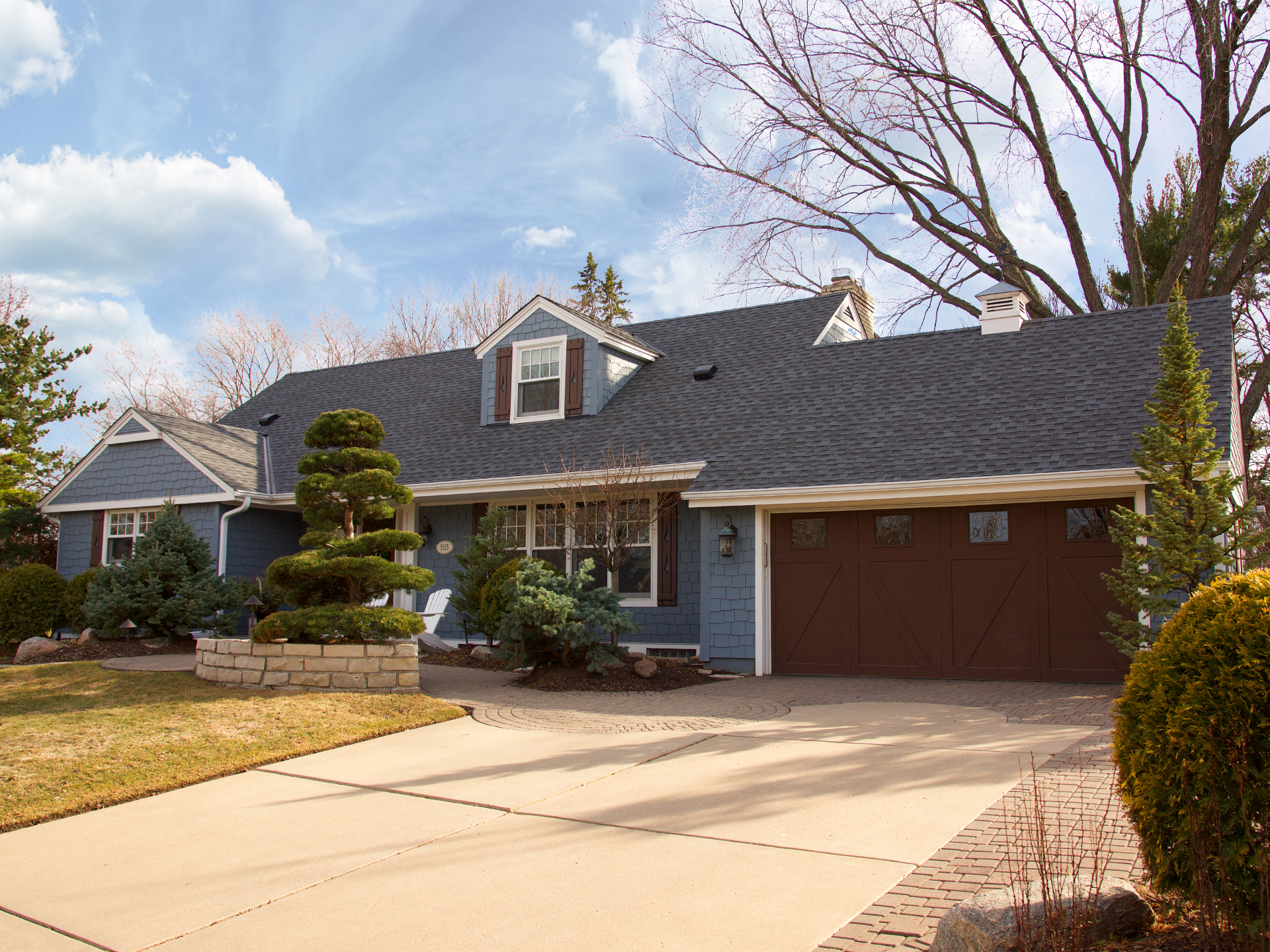Yearly Roofing Maintenance Checklist: Keep Your Roof in Top Shape
Regular maintenance is essential to ensure the longevity and performance of your roof. By following a yearly maintenance checklist, you can identify and address potential issues before they become major problems. Don’t just protect your investments; protect your peace of mind.



Trim Overhanging Branches: Trim any tree branches that are hanging over your roof. Falling branches can cause significant damage during storms and increase the risk of debris accumulation on your roof.
Clean Gutters and Downspouts: Clear debris, leaves, and twigs from your gutters and downspouts to ensure proper drainage. Clogged gutters can lead to water overflow and damage to your roof and foundation.
Check for Leaks: Inspect your attic for signs of water leaks, such as water stains, mold, or mildew. Address any leaks to prevent further damage to your roof and interior.


Examine Flashing and Seals: Inspect the flashing around chimneys, vents, and skylights for any signs of damage. Replace or repair any damaged flashing to maintain a water-tight seal.
Check attic insulation: Ensure proper insulation in your attic to prevent heat loss and ice dam formation. Insufficient insulation can lead to roof damage.
Schedule a Professional Inspection: Hire a professional roofing contractor to inspect your roof thoroughly. They can identify hidden issues and provide expert advice on repairs or maintenance.
Document Maintenance Records:Keep a record of all maintenance and repairs performed on your roof. This documentation is valuable for insurance claims, potential buyers, or future reference.
If you are looking for an inspection that goes beyond the surface, contact Les Jones today! Your trusted partner in roofing solutions.


















